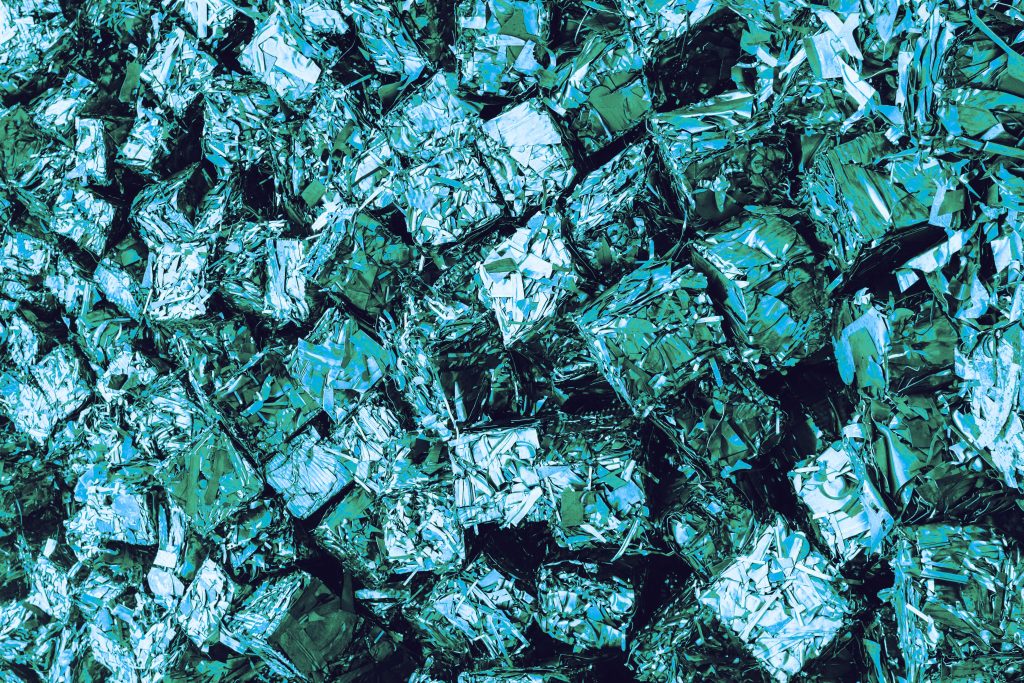Sustainability is important in industries across the world, and above it. On Episode 9 of The Satellite & NewSpace Matters Podcast we spoke to Luc Piguet, CEO and co-founder of ClearSpace. The company was created to respond to concerns about an increasingly congested space environment. ClearSpace revolutionise how space missions are conducted, and provide institutions and commercial operators with support-free services in orbit, and capture and deorbit obsolete objects threatening space operations. He spoke to us about the importance of their missions and how the industry can move forwards in tackling sustainability.
Why do you think it’s so important for companies to promote a sustainable space economy?
We have four kids, and my wife realised some time ago that they were seeing problems everywhere. Some of them are teenagers, and they’re asking ‘Why should I study every day when the Earth’s a mess?’ There’s pollution, global warming, plastics in the oceans, wars, pandemics… and it’s only getting worse. We realised that if one generation can make a difference and solve those problems, it’s ours. We were just getting the wrong messages to our kids. We decided that from now on the message is going to be ‘the future’s bright’. We have all the tools to solve those problems, or if we don’t have all of them, we’ll get them. That’s the mindset that we put behind what we do here, and that’s what motivates us.
We’re tackling that depressing narrative by improving sustainability in space. You can model the amount of debris up there in terms of sources of debris and sinks of debris. Sources are all the platforms we send up, so all the rocket bodies and satellites that are sources of fragments, from which smaller debris will naturally multiply in the sinks. You have to consider atmospheric drag when you’re designing and testing the things you’re launching, and depending on the altitude you’ve got to add more or less depending on the level of orbit. It’s obvious that we need to create artificial sinks and stabilise the environment, because when we add more stuff into an environment it’s getting rapidly congested, that is the definition of instability.
That’s what drove us to get the company started. It’s been years of work looking at what should be done, and figuring out how it can be done. What is the most pragmatic way forward? We don’t care what the solution is, we don’t care if it’s deorbiting. The goal is finding the right solution for it, and working on that. Once we’d built the company and seen traction building, the question for us was how to keep it going. What does it mean to make this environment sustainable? It’s not just removing debris, it’s more than that. It’s any type of service where you reduce, recycle, reuse. A lot of services create a more sustainable environment, but also produce tangible, immediate value for the operators. That’s the sweet spot we want to get started from.

In a lot of sectors you can do things more cheaply by polluting more. It’s obvious that nobody wants to live in a dump, so one of the reasons that sustainability has become such a big topic is because the next generation doesn’t want to live with what we leave behind. They want to live in a world that is sustainable. That is something that’s understood by investors, banks and all the other actors around the industry. The downside of not promoting sustainability is much bigger than the cost of actually solving it. You can make a calculation between the cost of prevention and cost of recovery. If you prevent it, you pay $1, and if you recover it, the cost is $17. That’s a real incentive for doing it. The problem is, you have to do the prevention before the catastrophe happens, so it looks like you’re going to spend $1 now for something that isn’t happening. In the space industry though, catastrophe is predictable. You can statistically calculate what’s going to happen. It’s really important to give this level of clarity to where we’re going to be in a few years from now if we don’t take sustainability seriously. It’s just logical.
How are you improving sustainability in your current projects?
We’re working on a life extension mission. In ClearSpace One, the objective was to do in-orbit servicing and space debris removal. It’s in the interest of any operator in the geostationary ring, to have servicing in orbit. There’s obviously short term needs that have a limited timeframe, but once the capability is built, there’s so many other things that can be done. The capacity of intervention is a normal thing to have in any industry. We’re building the future with the next phase of the space industry. We were convinced from the start that the only way to create a good product is to do it with your customers. We knew that something needed to be done about space debris, but we didn’t want it to be anything that the operators wouldn’t want to buy. Very early on, we started talking with all the operators we could as soon as possible, and maintained a great relationship with them. That gave us a perspective on what their challenges and concerns are. Where are the opportunities for our service to improve their lives? You have to do something that makes sense and naturally fits into the industry.
To find out more about sustainability in the space industry, tune into Episode 9 of The Satellite & NewSpace Podcast here.
We sit down regularly with some of the biggest names in our industry, we dedicate our podcast to the stories of leaders in the technologies industries that bring us closer together. Follow the link here to see some of our latest episodes and don’t forget to subscribe.


